404
This page doesn’t exist,
but your healing journey still does.
You didn’t take a wrong turn, sometimes the path just isn’t where we expect it to be.

© 2025 Dr Kara Wada. All Rights Reserved.
You didn’t take a wrong turn, sometimes the path just isn’t where we expect it to be.

© 2025 Dr Kara Wada. All Rights Reserved.